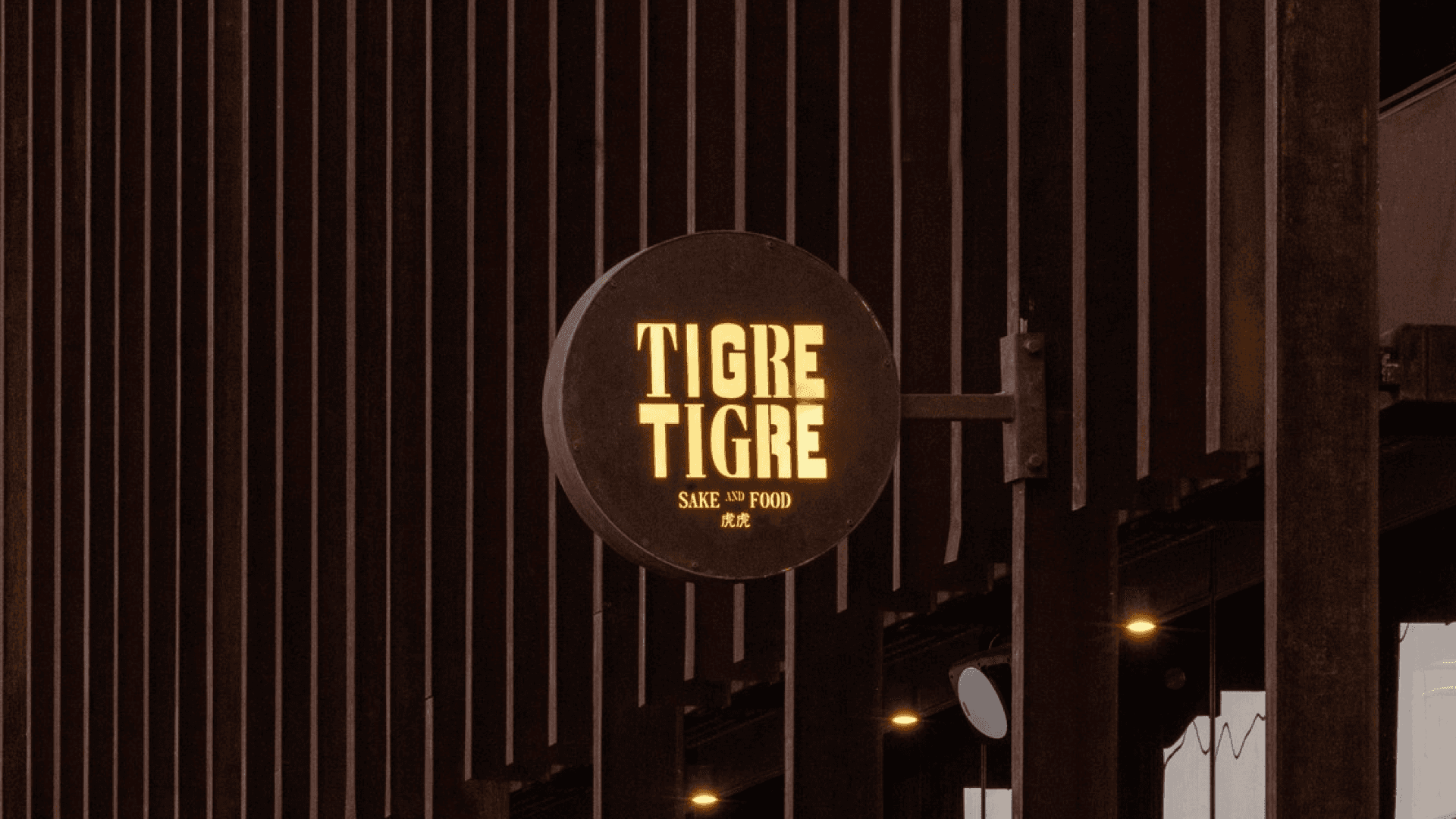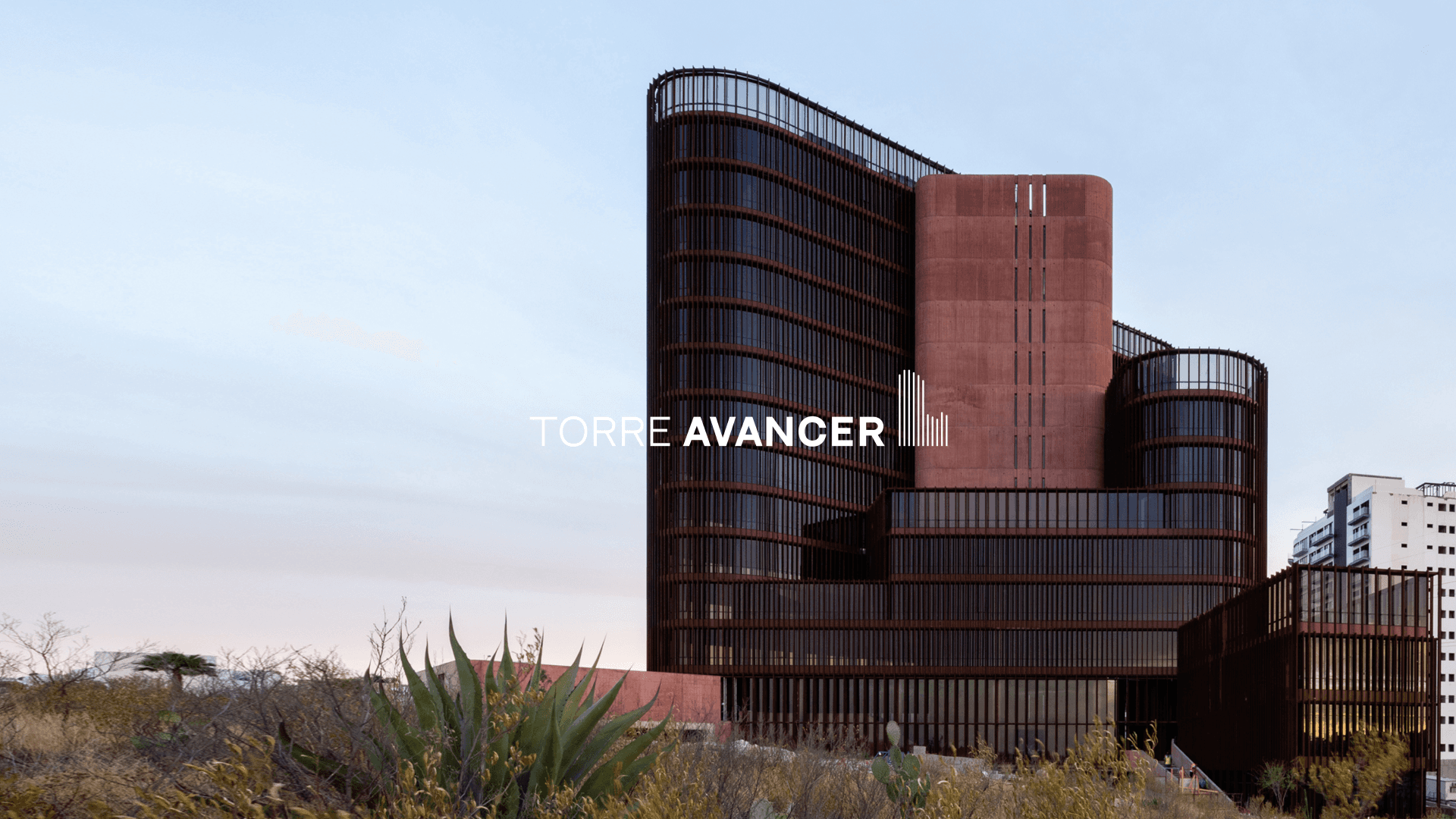Web Page Size and Its Impact on Performance
Creating an optimal user experience is vital as users access websites through various devices.
Understanding the size of a website page is essential for creating an effective online presence. The typical dimensions for web pages can vary based on design choices and user experience goals, but a standard width often falls between 1024 pixels and 1440 pixels. This range ensures that your site is visually appealing and functional across various devices, enhancing overall user engagement.
When it comes to user experience, website size significantly impacts how visitors interact with your content. A well-structured page not only optimizes loading speeds but also plays a crucial role in search engine optimization (SEO). By focusing on these factors, you can improve your site’s visibility and provide a seamless experience for your audience.
At Atla*, we understand that effective web design goes beyond aesthetics; it requires a thoughtful approach that merges creativity and strategy. Our team excels in crafting user-friendly websites that reflect your brand's essence while keeping SEO best practices in mind, ensuring your page size contributes positively to your overall digital strategy.
Understanding Web Page Structure
A well-structured web page forms the foundation of effective website design. This involves understanding the critical roles of HTML, CSS, and JavaScript in defining how content is displayed and interacted with on the web. Each component plays a vital role in ensuring optimal performance and user experience.
HTML Fundamentals
HTML, or Hypertext Markup Language, establishes the basic structure of your web page. It consists of elements that define headings, paragraphs, images, links, and other content. Each element can be classified into block-level and inline elements, which determine how they interact with each other visually.
Using proper HTML semantics is key. For example, using <header>, <nav>, and <footer> tags provides clear meaning to your content, aiding both search engines and accessibility tools. The size of your web pages can also be influenced by the types of media and content you include.
This foundational structure facilitates content organization, which plays a significant role in your site's overall design and user experience. Properly structured HTML enhances SEO strategies, making it easier for your brand to resonate with the target audience.
Role of CSS and JavaScript
CSS (Cascading Style Sheets) is crucial for styling your HTML content. It allows you to control layout, colors, fonts, and spacing. A well-crafted CSS file can significantly improve user experience by ensuring your site is visually appealing and responsive across devices.
JavaScript enhances interactivity, enabling dynamic content updates and user engagement. Essential features like animations, form validation, and interactive elements rely on JavaScript. Together, CSS and JavaScript optimize the loading speed and responsiveness of your web pages while keeping your brand's identity consistent.
Atla* excels in web design, crafting attractive and user-friendly websites that capture your brand's essence. You can trust expertise in building seamless user experiences that stand out in a crowded digital landscape.
Web Page Size and Dimensions
Understanding the size and dimensions of a web page is crucial for effective design and user experience. Different screen sizes and resolutions require careful consideration of factors like viewport and aspect ratio. Below are essential details regarding standard dimensions and how they affect responsive design.
Standard Website Dimensions
The standard dimensions for web pages vary based on device type. For desktop screens, a common maximum width is 1440 pixels, aligning with modern screen resolutions. Many websites adopt a minimum width of 1024 pixels to ensure usability.
For tablets, the typical dimensions fall around 768 x 1024 pixels, which accommodates a significant portion of tablet users. Mobile devices usually require designs around 375 x 667 pixels for optimal display.
Responsive design is essential here. It allows your website to adapt its layout to these varying dimensions, ensuring a seamless user experience across all devices. Adopting these dimensions enables you to create a visually appealing presence that engages users effectively.
Viewport and Aspect Ratio
The viewport is the user's visible area of a web page and can significantly impact design choices. It is crucial to configure your website for different viewport sizes to enhance accessibility.
Aspect ratio also plays a vital role in how your content is displayed. Common aspect ratios for modern screens include 16:9 and 4:3. These ratios help maintain consistency in design elements across devices.
With responsive design, incorporating CSS media queries allows for adjustments based on the viewport. This ensures that images and text scale appropriately, providing an optimal experience regardless of whether visitors are using desktops, tablets, or smartphones.
Atla* excels in creating user-friendly designs that reflect your brand’s identity while providing functionality across various screen sizes. By integrating responsive design principles, we help you engage users effectively and enhance their overall experience on your website.
Responsive and Adaptive Design
Responsive and adaptive design are crucial in creating websites that service various devices. Understanding how to use media queries and CSS frameworks can significantly enhance the functionality and appearance of your web pages.
Media Queries and Breakpoints
Media queries are a fundamental aspect of responsive web design. They allow your website to apply different styles based on characteristics of the device displaying it, such as screen width or resolution.
Breakpoints: These are specific widths at which your design will change. Common breakpoints might include:
Mobile: 320px to 480px
Tablet: 481px to 768px
Desktop: 769px and above
By utilizing media queries, you can ensure a mobile-friendly design that adapts seamlessly across different devices. This flexibility is essential for meeting user needs and improving overall experience.
CSS Frameworks and Tools
CSS frameworks greatly simplify the process of implementing responsive and adaptive designs. They provide predefined classes and grids that make it easier to create consistent layouts.
Bootstrap: One of the most popular frameworks, Bootstrap offers a grid system, responsive utilities, and components that speed up the development process.
Using tools like Atla* can elevate your design strategy, enabling you to craft websites that effectively resonate with users. With creativity and strategy at the forefront, these frameworks ensure your responsive page is visually appealing while maintaining functionality across various screen resolutions.
Optimizing User Experience Across Devices
Creating an optimal user experience is vital as users access websites through various devices. Understanding the nuances of different device types and ensuring consistency in your user interface can significantly enhance engagement.
Device-Specific Considerations
Different devices come with unique screen sizes and resolutions, which can impact how your website is viewed. Mobile phones, for instance, are typically smaller, demanding a design that prioritizes content visibility and usability. You should ensure that critical information is easily accessible and visible without excessive scrolling.
Tablets bridge the gap between phones and desktops. Thus, your website design can afford more detail than on mobile but should still maintain user-friendly navigation. Desktop screens, on the other hand, allow for richer visuals and more complex layouts but also require a responsive design to adjust to various screen sizes effortlessly.
In all cases, prioritize loading speed. Ensure your images and videos are optimized for fast loading without compromising quality.
Consistency in User Interface
A consistent user interface is key to enhancing the user experience across devices. Uniformity in navigation, colors, and typography helps users feel at home whether they are on a mobile phone, tablet, or desktop.
Use a unified navigation structure that logically guides the user based on their device. Mobile menus may need to collapse to make space, but maintaining the same categories helps users find what they need swiftly.
Additionally, responsive design techniques will ensure that buttons and links are appropriately sized for touch interactions on mobile devices while remaining easy to click on desktops. Every interaction should resonate with your brand's essence, crafted with precision by teams like Atla*, who integrate creativity into your design strategy, ensuring a seamless experience.
Performance and SEO Implications
The size of a website page significantly influences its performance and search engine optimization (SEO). Understanding these implications can enhance your site's usability and visibility.
Impact on Load Time and Bounce Rate
A larger page size adversely affects load times, which can lead to higher bounce rates. Research indicates that as page size increases, download times lengthen. Users expect fast interactions and often leave a site that takes too long to load.
For optimal performance, consider keeping your average web page size under 1-2 megabytes. Ensure you optimize images and minimize unnecessary scripts to reduce the overall file size. Utilizing a page size checker can help you analyze the downloaded file sizes of various elements on your page, ensuring they are not hindering performance.
Enhancing Search Engine Visibility
Search engines prioritize sites that load quickly and provide a seamless user experience. A lighter page size contributes positively to SEO by improving page speed. Fast-loading sites are favored in search engine rankings, increasing your search engine visibility.
To boost your rankings, focus on optimizing images and using efficient coding practices. Reducing the number of heavy resources can prevent potential penalties from search engines, ensuring that your site remains competitive. Implementing best practices in performance management can lead to improved SEO outcomes.
Mobile Search and Ranking Factors
With an increasing number of users accessing websites via mobile devices, page size is crucial for mobile search. Mobile users often experience slower internet connections, making load time even more critical.
When designing for mobile, it is essential to prioritize a fast experience by ensuring your pages are lightweight. Responsive designs that adapt to different screen sizes while maintaining optimal performance are necessary for navigating the mobile landscape.
Focusing on these factors helps position your site advantageously in search results, crucial in today's mobile-driven world. Atla* can assist in developing web designs that enhance performance and resonate with your audience, creating a strong online presence.





















